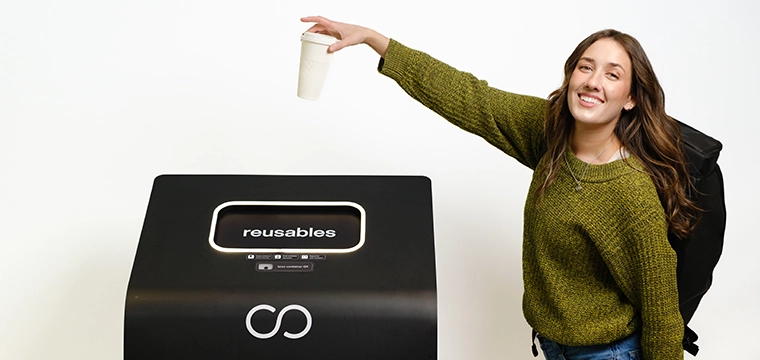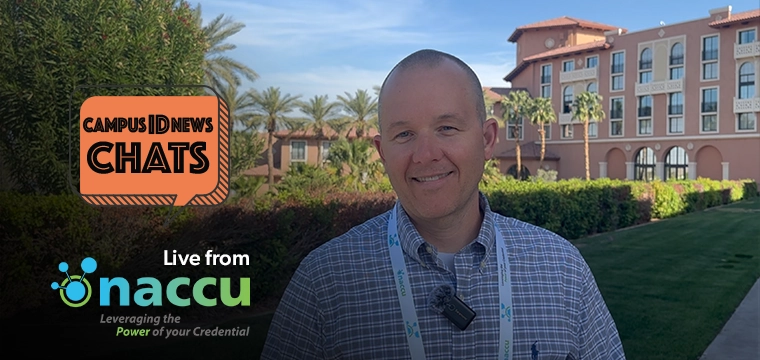People, even those in marketing roles, often confuse marketing with advertising. When someone says we need to market our card program, they think we need to advertise our program to cardholders. But advertising is only one small part of marketing, and in fact, some would argue the final and least important stage. Let’s go back to Marketing 101 for a brief review.
For those with marketing backgrounds, the concept of the 4 P’s of the marketing mix will likely conjure-up some deeply rooted memories. True it is basic stuff, but it is crucial to any effort to motivate individuals to use your product. So here is a review of how the 4 P’s —product, price, place, and promotion—can help us advance our card program offerings.
Product
Whether they have the luxury of involvement during the creation of the product or if they inherited an established product, a good marketer continuously sculpts a product to meet the changing needs of the audience. Product definition is a crucial piece of the marketing mix and it is a must for card program administrators. What applications and services will you roll out next? Do you simply take the advice of your vendor? Or guess based on your personal preferences? While both of these are important and relevant factors—because your vendor should know the college market and you should have an eye for your campus dynamics—this is not enough. Ask your audience.
Survey your students either informally, or better yet, formally to find out what they want from your product. Call upon a business or communication research class to help you design your survey instrument or consider outsourcing the survey effort to a company such as SurveyStudents.com. They have a great deal of expertise evaluating student preferences and the costs for an online survey are surprisingly reasonable.
The most important thing is to continually evaluate how your product is faring in the market. Are students using your services? If not, find out why and reshape the offering to better meet their desires.
Price
Now that you have a product, how will you price it to your customers? With our card programs, many of our services are priced for us. Some are free to the cardholder (e.g. identification and access control functions) while others have costs associated (e.g. banking services, telephony services, vending, laundry, copying, dining). While the program cannot set pricing for all of these services, administrators can push for price reductions for card-based transactions or work to convince partners that pricing changes are a good idea.
Perhaps a price should be lowered to increase participation or keep upwith competition or a price should be raised to maximize revenues or help cover expenses related to the offering. One of the best and simplest ways to monitor the impacts of your pricing is to listen to your customers and non-customers. Ask them why they choose to use a service or pass on it. Know your audience and you will be a better marketer. Take the time to ask a student into your office to sit and chat for a few minutes. Find out what they like and dislike about your program. You will get some good information and the simple act of showing you value that person’s opinion will likely create a program supporter.
Place
The concept of place in the marketing mix defines the distribution channel through which you offer your products and services. Most card programs have a fixed location where cards are produced and services are marketed. This might be a dedicated card office, a food service location, or a security office. Whatever the location, it is key to the distribution channel but it need not be the totality.
Consider co-marketing card services and mealplan services with your food service locations. Use other locations frequented by students—such as the bursars office, dormitories, and copy centers—to maximize your impact and your distribution.
Keep in mind that the location of your card accepting devices is key to your distribution and your product’s ultimate success. Evaluate where your card revalue stations are placed. If you do not have 100% coverage of the vending machines or photocopiers, make sure that at least one card-accepting device is available at every location.
Promotion
Okay, so now we are on to advertising, right? Not quite. Promotion does include advertising but it also includes many other practices. Promotion is essentially the sum of all efforts that can be undertaken to let your audience know about your product and convince them to use it. It can be as basic as describing your card’s services to a student one-to-one while waiting for the elevator. Or it can be as sophisticated as a full-blown media campaign with brochures, web resources, videos, and ads announcing a new service launch. And of course there are countless items in between.
Using the 4 P’s in your program
Most card program offices have little time for any extra tasks. It is not uncommon to hear card program leaders say things like, “we don’t have time for marketing, we can barely keep up with the day-to-day work. And even if we did have time, we don’t have the budget to do anything anyway.” Marketers would counter saying, “you can’t afford
not to market your services. And you can make a major difference with little or no budget if you get creative.”
Set aside two hours to have a marketing session. Bring in your staff, co-workers, a friend or familymember, whomever you can find to help share ideas.
List out every product and service associated with your card program. Leave nothing out. Where can a cardholder use the card for identification? Where is it used for access control? Payment? What peripheral services can be attained or signed up for via the card? Now make another list of things that the card does not enable but that would be both possible and beneficial. Look at the total picture and discuss where you are and where you would like to be.
Next put the associated price next to each item on the lists created above. How does it stack up? Do the prices seem to make sense or are some out of line with others? With the competition?
Next look around your card office and the other places where your services are offered. Is it inviting? Is it neat? Are the walls decorated with positive messages about your program? Customers form impressions about your product based on the places via which it is distributed. Think of it this way, would you buy an expensive piece of jewelry or a watch from the local convenience store? Doubtful.
Gather a sample of every piece of material that is used in the promotion of your program. This includes all brochures, flyers, ads, posters, forms, letters, etc. Spread them out on a table and compare them for quality, consistency, professionalism, and message. Make a list of all the other efforts undertaken to promote the program. These can include your web site, orientation participation, and any grassroots development. Which are the most effective? What additional things could you do that might bring greater results?
You have just completed a basic evaluation of the 4 P’s of the marketing mix as they relate to your current program. Now schedule another session to consider ways to improve in each of these areas. These are simple steps but they can have significant impacts on your program’s future.
Document the findings during these sessions and share them with your supervisor and staff. Ask them for their input. It will show them that you are working to build your program and will help to rally them to your cause if and when you need their support to make changes. Good luck!




